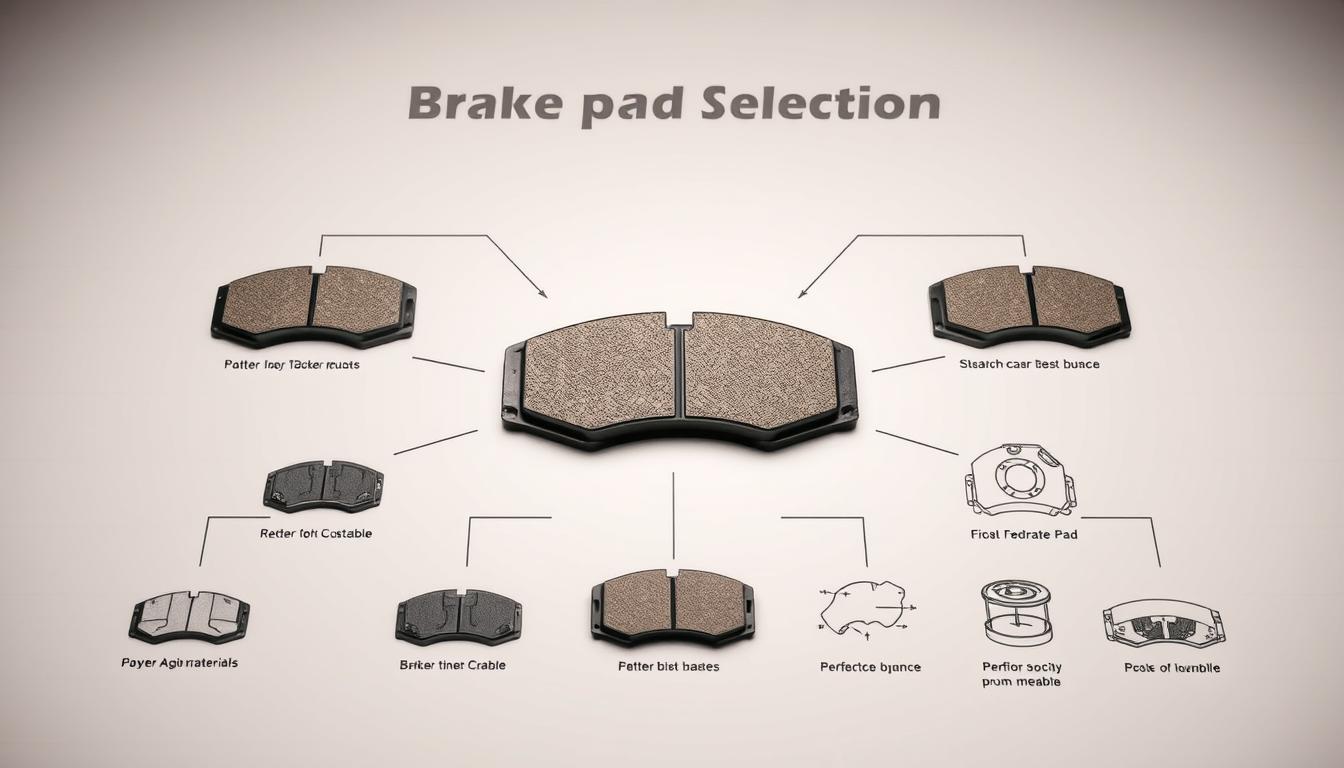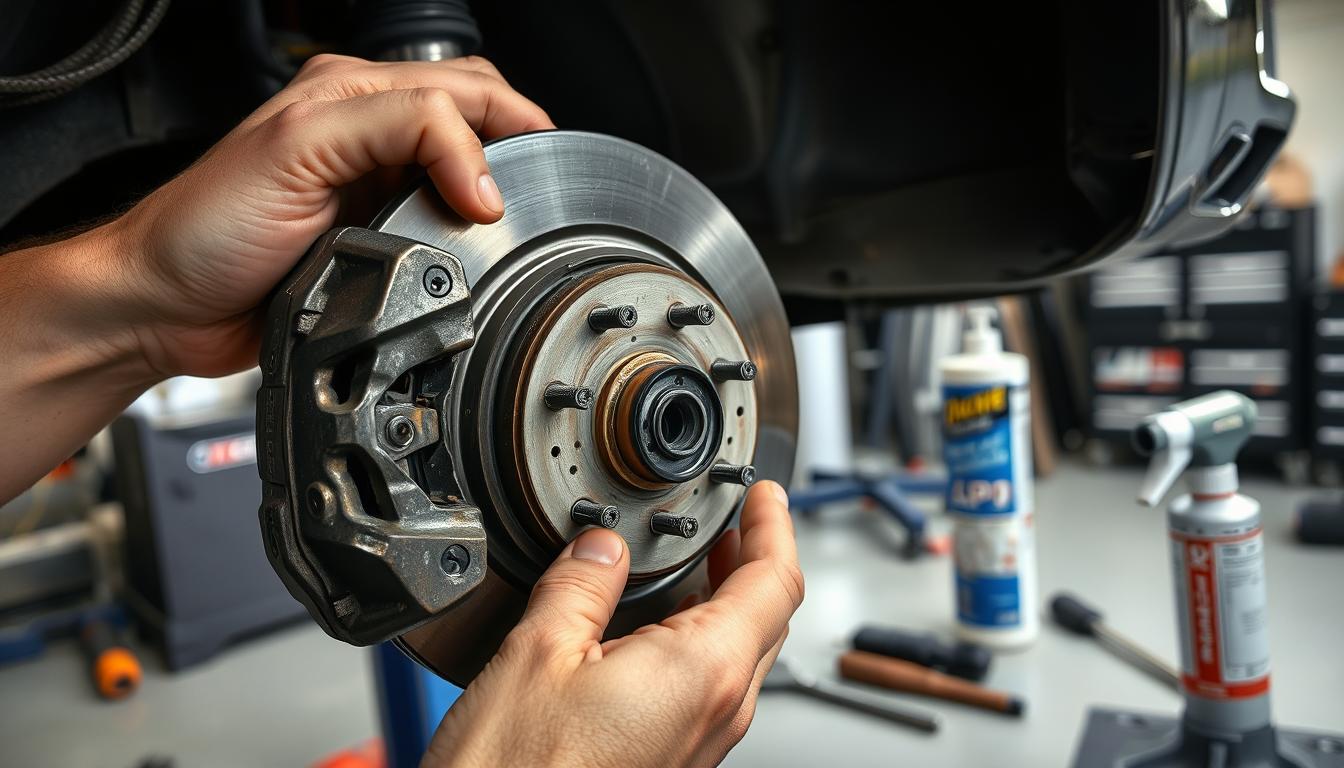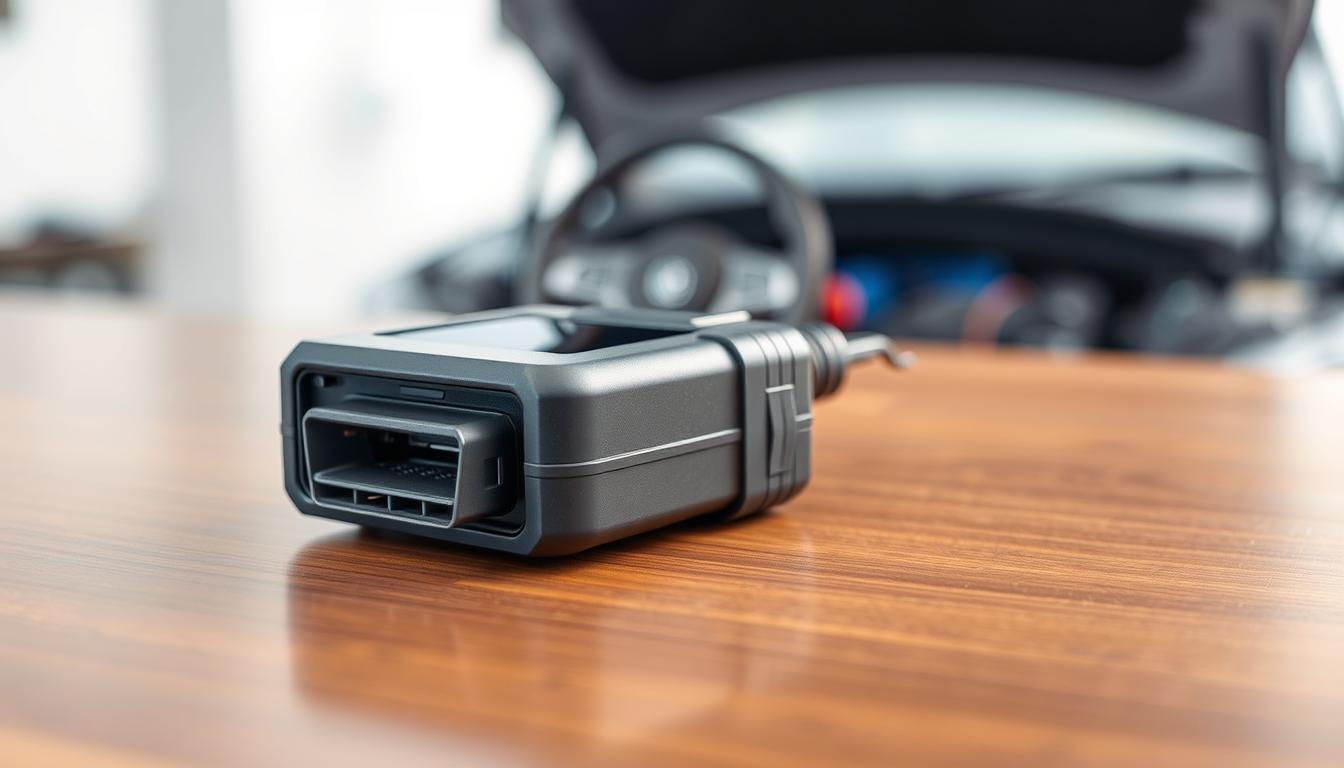
If you own a Ford F150, it’s essential to maintain the optimal tire pressure for safety and efficiency. The right tire pressure ensures better handling, increased fuel efficiency, and prevents tire wear. In this article, we will guide you through the recommended tire pressure for your F150 and tips for checking and maintaining tire pressure. You’ll learn everything you need to know about the ideal tire pressure, monitoring sensors, and resetting your tire pressure. Keep reading to ensure your F150 performs its best with the proper tire pressure.
How to Check and Maintain F150 Tire Pressure
Proper tire pressure is essential for the safe and efficient operation of your F150. In this section, we will provide you with step-by-step instructions on how to check and maintain the tire pressure of your truck.
Using a Tire Pressure Gauge
The most reliable way to check your tire pressure is by using a tire pressure gauge. Here are the steps to follow:
| Step | Description |
|---|---|
| 1 | Remove the valve cap from the tire. |
| 2 | Press the tire pressure gauge onto the valve stem. |
| 3 | Read the tire pressure gauge. Make sure it matches the recommended pressure for your F150. |
| 4 | If the pressure is too low, use an air compressor or tire inflator to add air until the pressure matches the recommended level. If the pressure is too high, let some air out until it’s at the proper level. |
| 5 | Replace the valve cap. |
Locating the Tire Pressure Monitoring System
Your F150 may be equipped with a tire pressure monitoring system (TPMS) that can help you check your tires’ pressure. Here’s how to use it:
- Turn your vehicle on.
- Locate the TPMS button on your dashboard (it may be labeled “TPMS,” “TPMS Reset,” or another similar term).
- Press and hold the button until the TPMS light on your dashboard blinks twice.
- Wait a few minutes for the system to read the pressure in your tires. Your dashboard should display the pressure for each tire.
Resetting the Tire Pressure Sensors
If you’ve recently inflated your tires or replaced them, you may need to reset the tire pressure sensors. Here’s how:
| Step | Description |
|---|---|
| 1 | Turn your vehicle on. |
| 2 | Locate the TPMS button on your dashboard. |
| 3 | Turn off your vehicle. |
| 4 | Press and hold the TPMS button as you turn your vehicle on again. |
| 5 | Release the button when the TPMS light blinks three times. |

Interpreting the Tire Pressure Warning Light
If the tire pressure warning light comes on your dashboard, it could indicate low tire pressure or a malfunction in the TPMS. Here’s what to do:
- Check your tire pressure using a tire pressure gauge or the TPMS.
- If the pressure is low, inflate your tires to the recommended level.
- If the warning light stays on even after you’ve inflated your tires, take your F150 to a qualified mechanic for inspection.
Ensuring Your Tires are Properly Inflated
In addition to regular tire pressure checks, there are a few things you can do to ensure your tires stay properly inflated:
- Check your tire pressure at least once a month.
- Inflate your tires to the recommended pressure level (you can find this information in your owner’s manual or on a sticker inside the driver’s door).
- Inspect your tires regularly for signs of damage or wear.
By following these guidelines, you can keep your F150 running safely and efficiently.
Conclusion
Maintaining the optimal tire pressure for your F150 is essential for both safety and fuel efficiency. Making sure your tires are always adequately inflated ensures that your vehicle performs at its best and reduces the risk of accidents caused by underinflated tires. Remember that tire pressure should be monitored regularly, especially during temperature changes, and any deviations should be addressed promptly.
We hope this guide has been helpful in providing you with all the necessary information on F150 tire pressure. By following the tips and guidelines provided in this article, you can ensure your tires are properly inflated and your vehicle runs smoothly for many years to come. Don’t overlook the importance of maintaining your tire pressure to extend the lifespan of your F150 tires and keep your vehicle in top condition!
Thank you for taking the time to read our guide on F150 tire pressure. If you have any further questions or concerns, please don’t hesitate to reach out to us.





